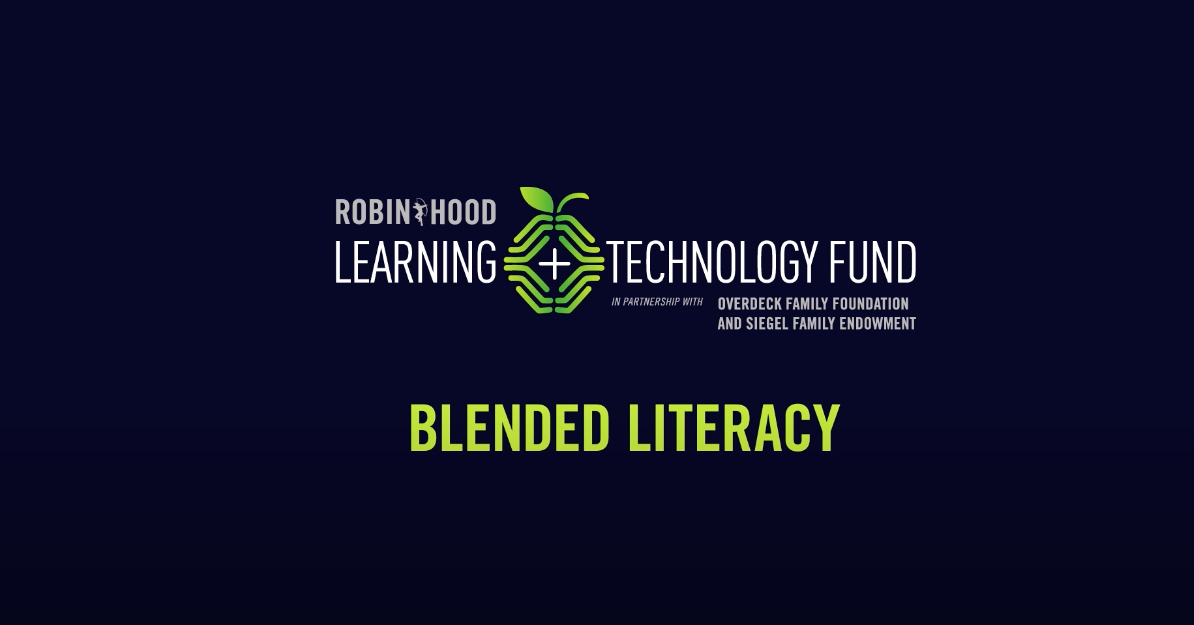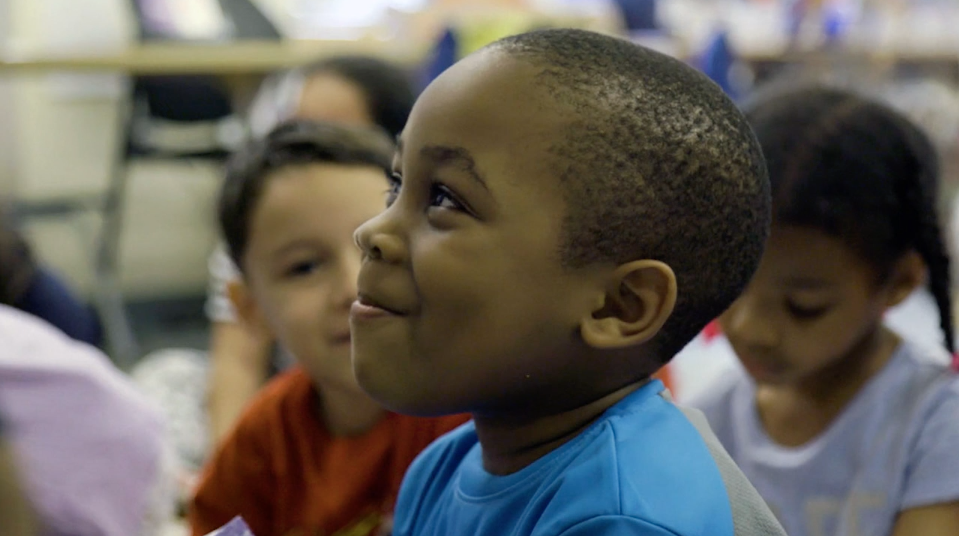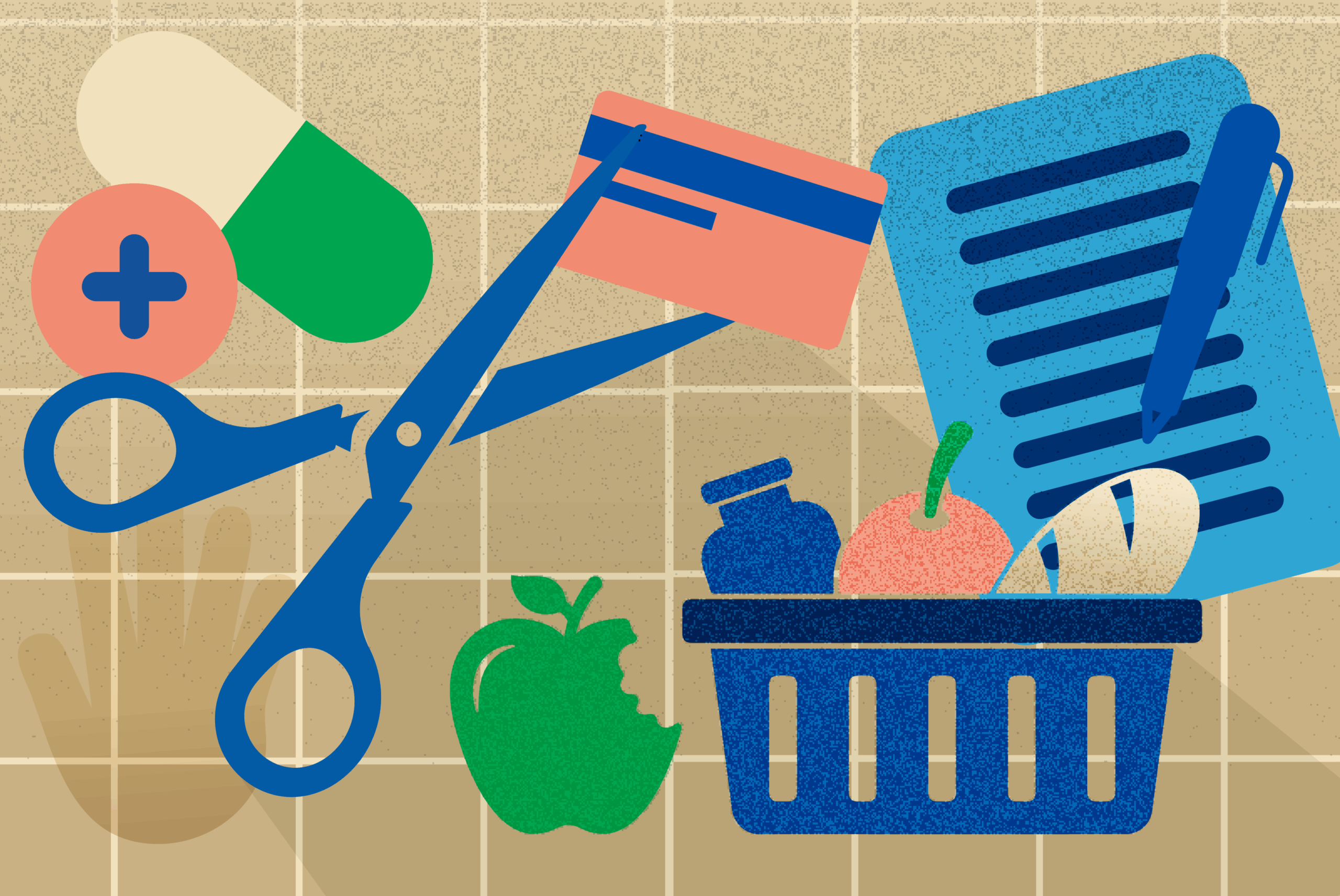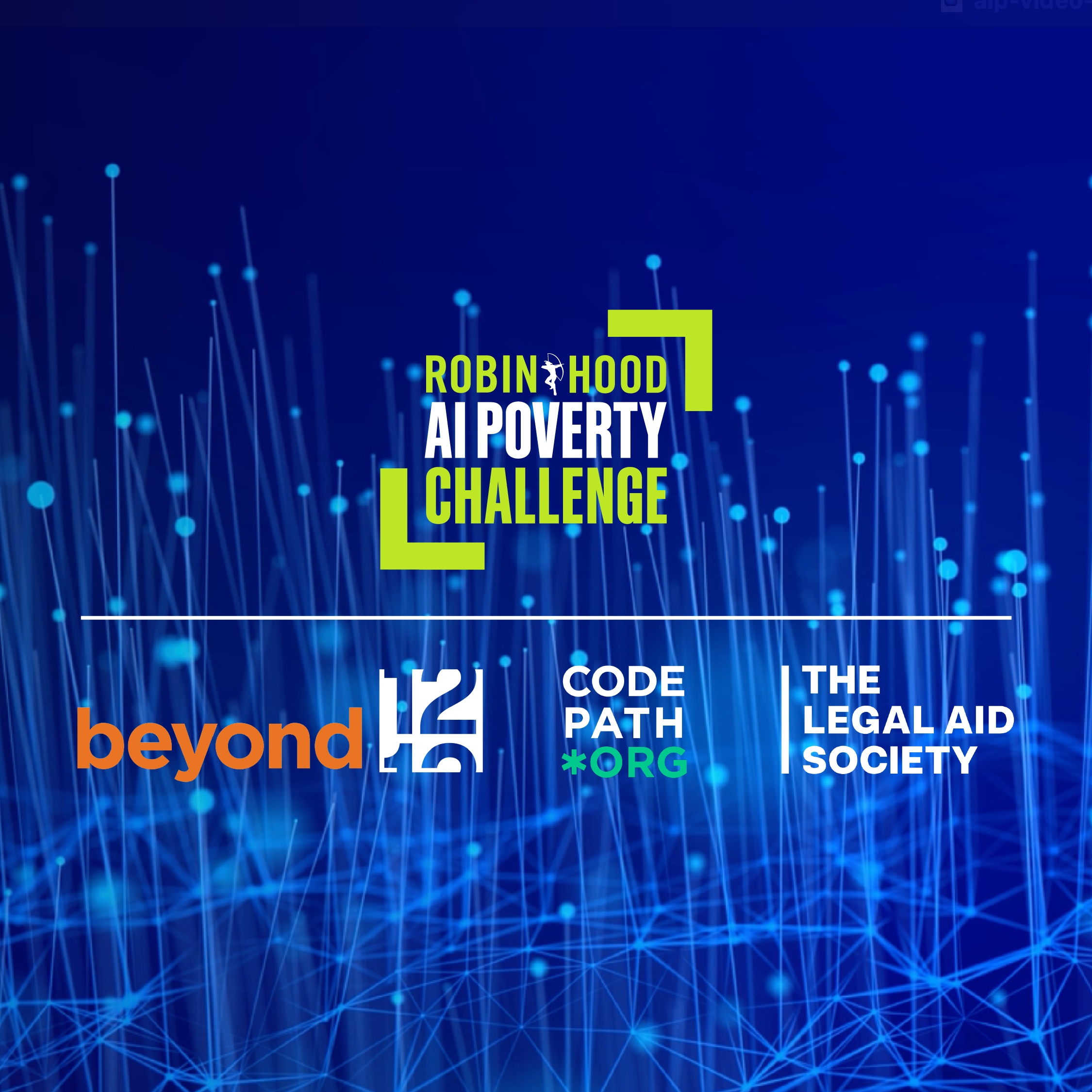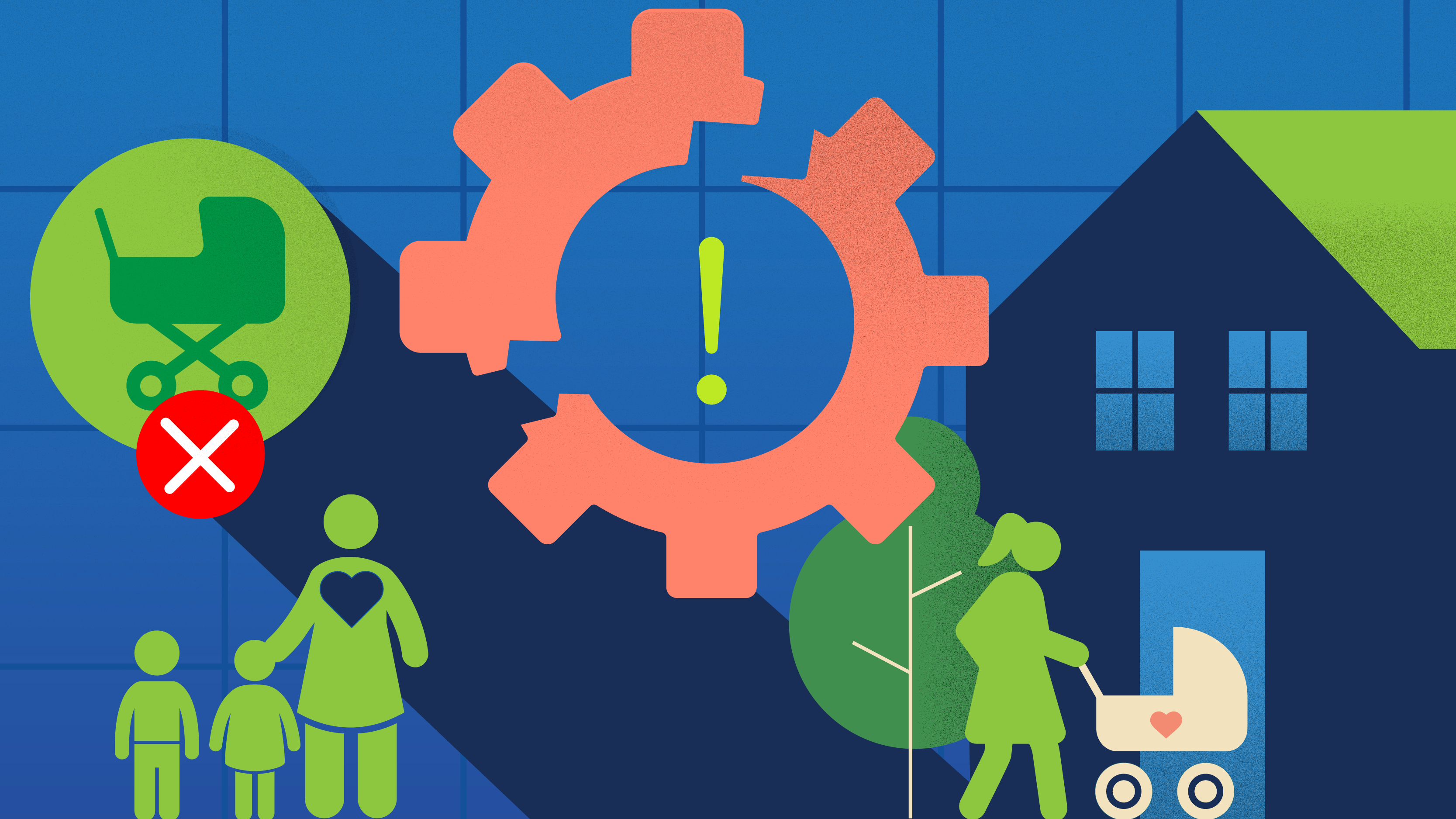Aug 05, 2021
Here’s Why Blended Literacy Promises Success for All New York City Kids
How Robin Hood’s Learning + Technology Fund is leading the way
By Amber Oliver, Managing Director | Learning + Technology Fund
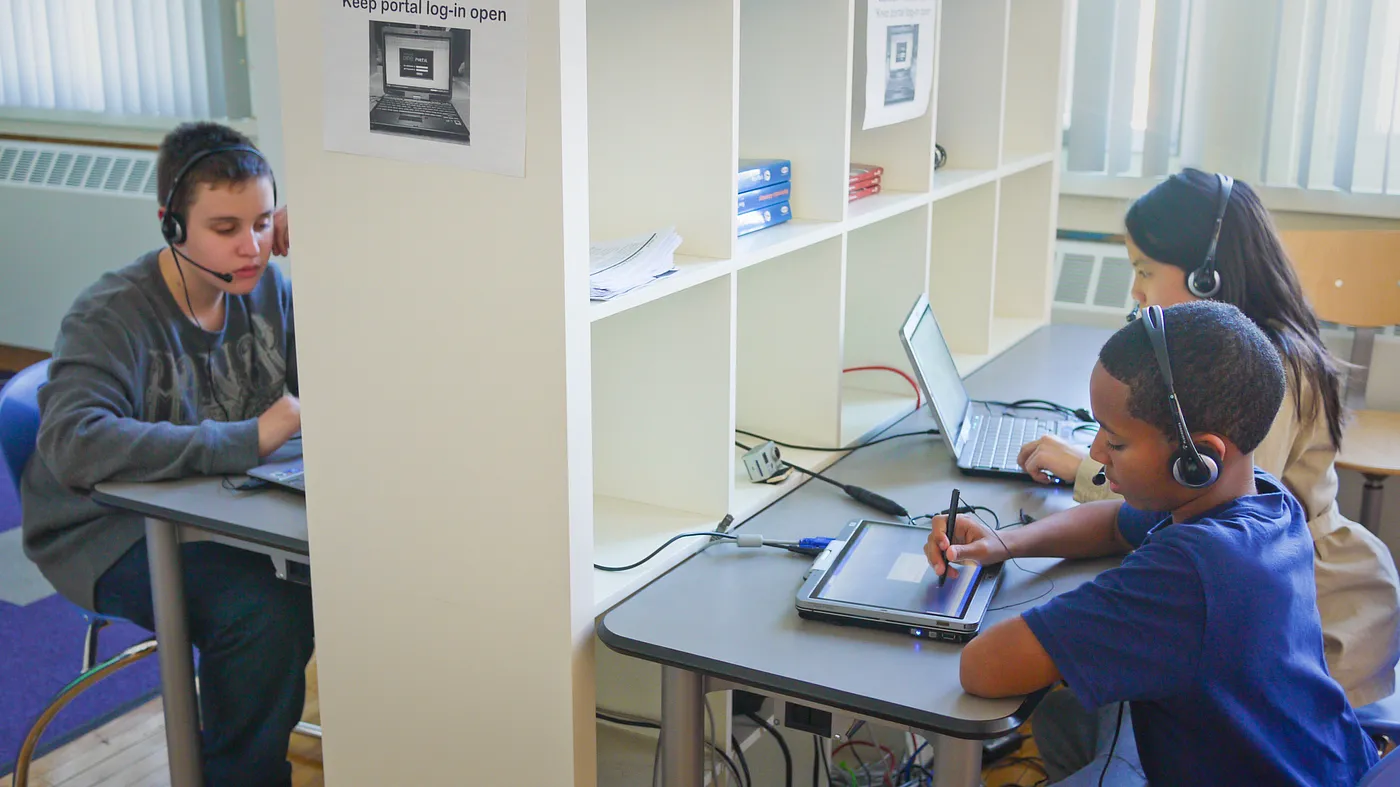
“I’ve learned the true meaning of reading is to learn and have fun. Reading makes me curious — and when I get curious, I get excited, so I keep reading, ” said Sebastian Salcedo, a 4th grader at Concourse Village Elementary School in the Bronx, in a blog post by the nonprofit TNTP about why student voice and choice is essential in teaching literacy, even to young children. Imagine if all 4th graders felt that same excitement about their education!
The Robin Hood Learning + Technology Fund supported TNTP’s work at Concourse Village Elementary School because we recognize the power of pairing quality curriculum and technology. Together, they can be the recipe for every child having a quality and nurturing learning experience with space for student voice, choice and agency, just like Sebastian.
As demonstrated in a recent research report published by the Center for Public Research and Leadership (CPRL) at Columbia University, when teachers are given access to high-quality instructional materials, they are ensured standards-aligned, grade-level content for every child and no longer need to spend hours designing their own lesson plans or figuring out how to match their classroom activities with the myriad of other classrooms that students move through in a day. Technology allows educators, parents and students to pinpoint where they are in their studies in an instant, providing the insight needed to create targeted, personalized learning opportunities that meets students where they are. All of this means more time to customize the learning experience, partner with families, and check in on students who have had a year of trauma like none other. It also allows educators to bring students into the learning journey — as engaged partners — by providing the opportunity to exercise voice, choice, and agency.
This approach invites us to recognize and celebrate each student’s assets and contributions. To listen and co-learn. To nurture and respond. All the things that teachers do best if they are given the time, support, and space to do so — which we have seen is possible when schools combine high-quality curriculum, teacher training, and technology with a commitment to putting students at the center — what we call “blended literacy.”
Blended literacy is one of two priorities for the Robin Hood Learning + Technology Fund (the Fund) — a collaboration among Robin Hood, Overdeck Family Foundation and Siegel Family Endowment — with a mission to unlock the potential of technology to transform learning and advance achievement for low-income students across New York City.
Prior to March 2020, we were making good progress. Our investments had worked to leverage technology across 130+ high-poverty New York City schools to improve literacy and computing skills and to maximize learning outcomes for over 130,000 students.
Then schools shut down. Suddenly, the products and programs the Fund had been fueling became more than nice-to-haves. Overnight, they became lifelines for educators, families, and students.
The result was that our school partners fared far better than other schools across New York City because they had the right foundation to prepare them for this moment. In fact, many educators reported that children learned at about the same rate or more as during a typical pre-COVID school year when digitally-accessible, high-quality curriculum were in place.
While nearly all models that had a technology component saw massive uptake, our blended literacy models went from serving a few thousand students to being available to all 800,000 K-8 students in New York City and 5 million students nationwide.
Take our partner Teaching Matters. For 25 years, Teaching Matters has been training teachers in New York City to ensure that every student has equitable access to excellent teaching, regardless of zip code. When schools shifted to virtual instruction, Teaching Matters knew that thousands of students could be shut out of learning if something wasn’t done immediately.
Our City couldn’t risk letting more kids fall behind. The fact is that children who can read by 3rd grade are six times more likely to graduate high school on time and 63 times less likely to be incarcerated. 1 This wasn’t just about attending to the immediate crisis; this was about ensuring long-term opportunity.
Leveraging the blended literacy models piloted with teachers in 2019, the Teaching Matters team was able to develop student-facing materials in just 24 hours so all children could continue learning to read. Within one week, the New York City Chancellor had shared the Teaching Matters’ materials district-wide. What began as something small was now a national solution to a current crisis.
Another partner, CommonLit launched CommonLit 360 to one million teachers on June 1st. This new, digital and free high-quality literary curriculum for kids in grades 6–10 uses evidence-based practices and technology to teach reading and writing in a way that fully engages students in the process. Prior to the pandemic, a digital curriculum like this would have seemed niche. Today, it is a necessity.
As we look ahead, all paths lead to more technology use in our schools. But just because we have more tech, doesn’t mean that we are using it optimally to advance learning.
The good news is that now we have some advantages that didn’t exist pre-pandemic. First, there have been gains in increasing access to technology. During the 2020–21 school year, the New York City Department of Education distributed more than 320,000 devices to students and improved WiFi connectivity, 2 and in March, the Mayor proposed a $157 million plan to further narrow the digital divide. 3 Second, after a year of near universal virtual instruction, all teachers have at least some familiarity with technology, and 74% expect to continue to use technology in the coming school year, 4 making uptake significantly easier. Third, schools have access to more funding than ever before, with the recent federal relief packages bringing an additional $7,200 per student into New York City that can be used to accelerate learning. 5
How we use this once in a lifetime opportunity is critical. The way we educate our children now has the potential to change our City for years to come.
As we move to this next year of recovery, it is imperative that we celebrate models of excellence that are designed to take the best of technology coupled with high-quality instructional materials so that we can ensure that learning is tailored to the needs of each student. We have an opportunity to end this story with leapfrogs in educational practice if we can focus on what matters: providing teachers, students, and their families both the resources and support they need to get back on track — together.
